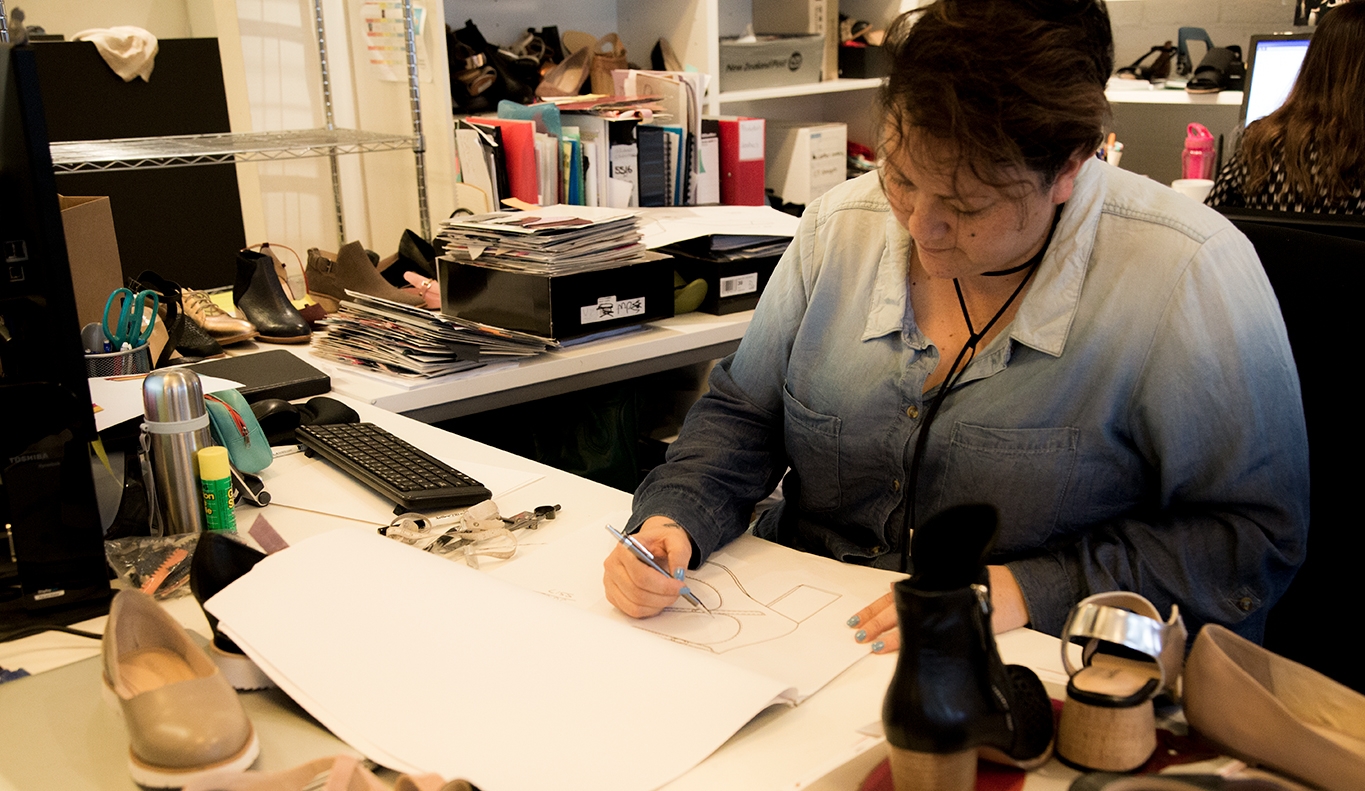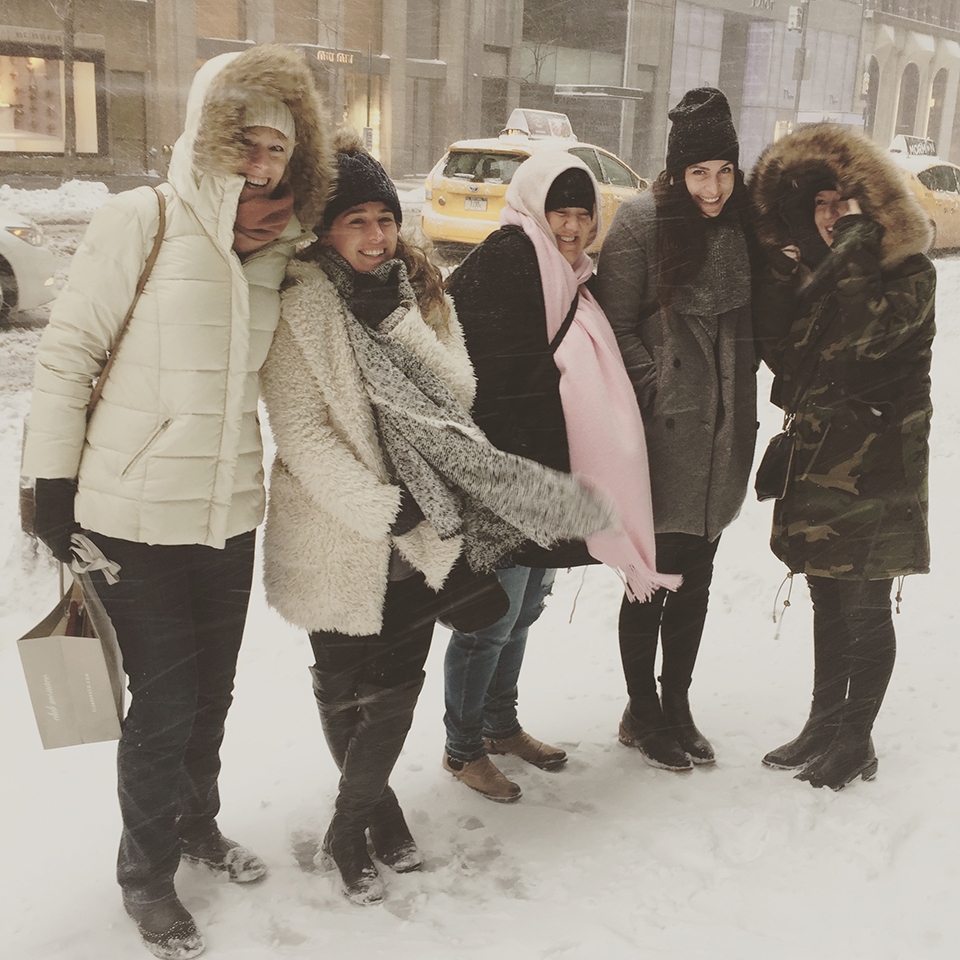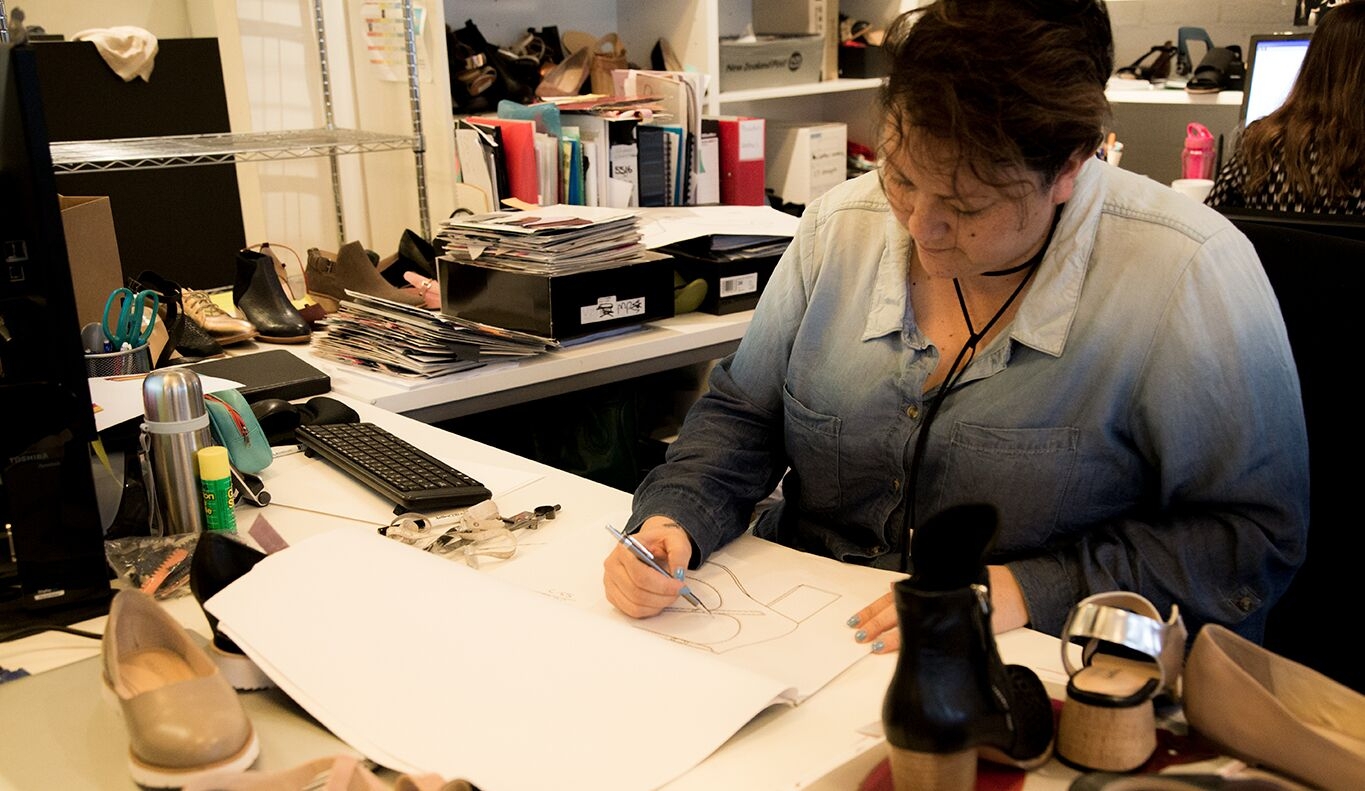
PEOPLE
Our People: Tania’s Story


Before we can begin
I came into the footwear trade relatively late in my working life, despite all indications early on that thatǯs where Iǯd end up. I come from a family of ‘shoe-ies’ - my Mother was a factory hand for over 30 years and I vividly remember as a child getting taken to work on Saturdays and the smells and noise and cackling ladies on sewing machines. My sister was in ‘finishing’ where shoes are inspected and boxed, and my brother also spent time in the factory. “No such thing for me!” I thought, so off to work I went after school, then did a stint of university study in my mid twenties. It was only as I was becoming disillusioned with student life and looking for full time work again that I happened across an ad in the paper at my Mother’s factory for a CAD (Computer Aided Design) Operator.
I laughingly showed my mother and she promptly informed me that “yes” she knew about the position and that the Head Designer was expecting to see me the following week for an interview. Aghast at Mumǯs seemingly shameless lobbying for the job, I went along and had the quickest interview of my life, which entailed him pointing to a computer and saying “Can you work one of those?” and yes I could (very basically) and I was hired! I started my apprenticeship as a pattern cutter and within 6 months was given design work, which entailed learning every single thing that goes into making a shoe. I was extremely fortunate to be one of the last trainees in the New Zealand footwear trade taught on a factory floor. The experience and knowledge I received from the older pattern cutters and designers I’ve been exposed to has been absolutely key to what I do. After a time, I was promoted to Head Designer and had a team of fantastic designers running design work both in New Zealand and from overseas.
Putting these skills to work
Even before we start designing a new season, we have a lot of research and reflection to do. Firstly we analyse the previous season; what was a success? What lasts were popular? Did we have the right styles in the right places? Did we miss anything? What feedback do we have from both our staff and our customers? We research trends online, in the media and then we travel to the fashion capitals of the world – this all informs our collections This research, alongside the things that are creatively inspiring us, all influences the trends we pick each season. We use this to create mood-boards that will direct the colours, silhouettes, detailing and mood of the range. From here, the biggest challenge is how to adapt overt trends in a way that will appeal to our customer and then execute through manufacturing, visual merchandising and store allocations.
Before we can begin
I came into the footwear trade relatively late in my working life, despite all indications early on that that’s where I’d end up. I come from a family of ‘shoe-ies’ - my Mother was a factory hand for over 30 years and I vividly remember as a child getting taken to work on Saturdays and the smells and noise and cackling ladies on sewing machines. My sister was in ‘finishing’ where shoes are inspected and boxed, and my brother also spent time in the factory. “No such thing for me!” I thought, so off to work I went after school, then did a stint of university study in my mid twenties. It was only as I was becoming disillusioned with student life and looking for full time work again that I happened across an ad in the paper at my Mother’s factory for a CAD (Computer Aided Design) Operator.
I laughingly showed my mother and she promptly informed me that “yes” she knew about the position and that the Head Designer was expecting to see me the following week for an interview. Aghast at Mumǯs seemingly shameless lobbying for the job, I went along and had the quickest interview of my life, which entailed him pointing to a computer and saying “Can you work one of those?” and yes I could (very basically) and I was hired! I started my apprenticeship as a pattern cutter and within 6 months was given design work, which entailed learning every single thing that goes into making a shoe. I was extremely fortunate to be one of the last trainees in the New Zealand footwear trade taught on a factory floor. The experience and knowledge I received from the older pattern cutters and designers I’ve been exposed to has been absolutely key to what I do. After a time, I was promoted to Head Designer and had a team of fantastic designers running design work both in New Zealand and from overseas.
Putting these skills to work
Even before we start designing a new season, we have a lot of research and reflection to do. Firstly we analyse the previous season; what was a success? What lasts were popular? Did we have the right styles in the right places? Did we miss anything? What feedback do we have from both our staff and our customers? We research trends online, in the media and then we travel to the fashion capitals of the world – this all informs our collections This research, alongside the things that are creatively inspiring us, all influences the trends we pick each season. We use this to create mood-boards that will direct the colours, silhouettes, detailing and mood of the range. From here, the biggest challenge is how to adapt overt trends in a way that will appeal to our customer and then execute through manufacturing, visual merchandising and store allocations.
Written by Tania